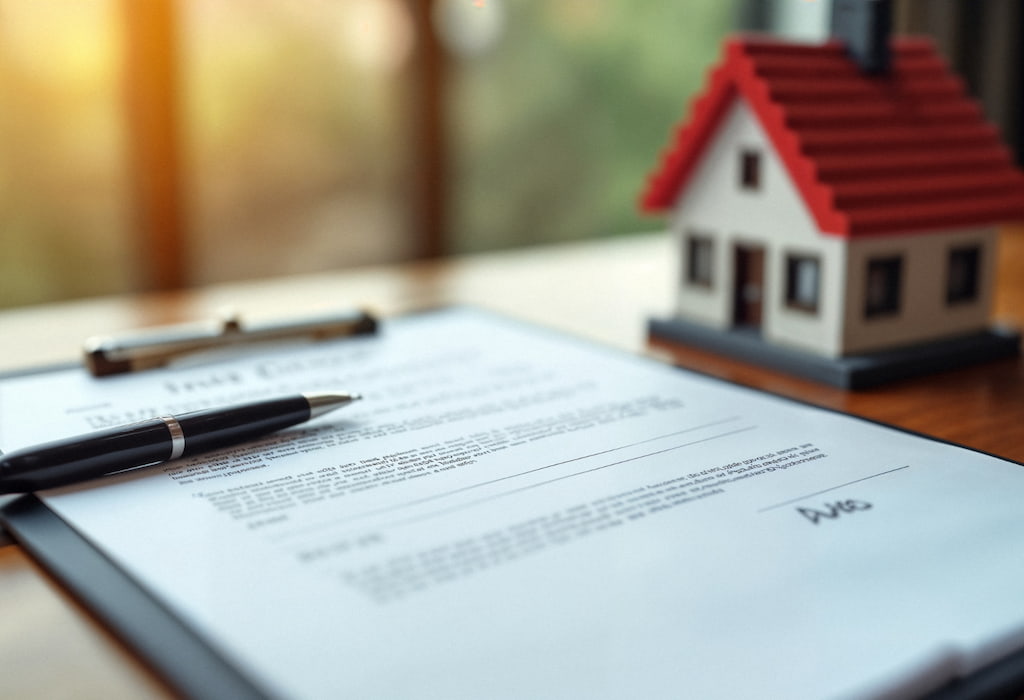Now that we are in the Income Tax campaign, it is important to remember that the Personal Income Tax Law regulates various tax benefits for the possible capital gain that is generated if you sell your property when you are over 65 years of age.
The sale and purchase of real estate is one of Spain's economic pillars and has often been an important source of income for people around retirement age.
For this reason, the IRPF regulations regulate several tax benefits for people who sell their property after the age of 65. In this post, we are going to deal with the existing exemption for people over 65 who sell their main residence.
Total exemption for the sale of the principal residence
Article 33.4.b) of the Personal Income Tax Act regulates that capital gains shall be exempt, without limit on the amount of such gains. produced by the sale of the habitual residence of the taxable person who is over 65 years of age or per severely or highly dependent person. [1]
Therefore, in order to be able to apply this exemption you must:
- The taxable person's principal residence is transferred. Such a transfer may take place in exchange for a capital sum or a temporary annuity for life.
And, that the the transferor has reached the age of 65 or is in a situation of severe or great dependence
And, in addition to the fact that there is no limit on the amount, this exemption is not "exhausted" with the first transmission, so that can be applied as many times as the principal residence is transferredprovided that the transferring taxable person is over 65 years of age.
What is considered my main residence?
In order to apply this exemption, the concept of habitual residence as regulated in the Personal Income Tax Act must be applied.
Therefore, in order for it to be the habitual residence of the transferring taxpayer over 65 years of age must meet the following requirements refuted by the Supreme Court itself in various rulings:
- The building that has been the residence of the subject for a continuous period of at least 3 years.
- That the same is effectively and permanently inhabited by the taxpayer within twelve months from the date of acquisition, or completion of the works in the case of construction of the same.
It should be noted that the regulations regulate a series of circumstances that necessarily require a change of address and that do not mean that the habitual residence is no longer considered to be the habitual residence even if neither of these two deadlines has been met (change of job, divorce, marriage, etc.).
- What during the preceding 3-year period of full ownership has been heldTherefore, for this period, the time spent as a tenant in the dwelling does not count, unless it is a rental with purchase option that is exercised (as concluded in the Supreme Court Judgement of 17 February 2020).
- And, it is also included in the concept of habitual residence, annexes (garages or storerooms) (i) were acquired in the same act as the dwelling and (ii) are located in the same building or housing complex as the dwelling, and therefore the transfer of these would also be exemptedif all other requirements are met.
- Finally, it is important to know that for the purposes of the application of this exemption, it is understood that the taxpayer is transferring his main residence when, "...".such building is or would have been their habitual residence at the time of the construction until any day of the two years preceding the date of transmission."
In fact, as pointed out in the Binding Consultation V329-2015 of 29 January, is irrelevantfor the purposes of the exemption, the dwelling was unoccupied or rented for a period of time during the previous two years, provided that it had been considered as a regular dwelling until any day of the two years prior to the date of transfer.
To put it more simply: in order to be considered a principal residence, firstly, the taxpayer must have lived there for 3 continuous years and must have lived there effectively and continuously for at least 12 months.
Once this requirement has been met, the property is considered to be the main residence and from that point onwards, it is sufficient for it to have been the main residence for a single day in the two years prior to the transfer of the property for the above-mentioned exemption for persons over 65 years of age to be applicable.
And if full ownership is not transferred, can I apply this exemption?
Although it seems to be against the spirit of the law, it is possible that it could be apply the exemption to the gain from the transfer of the bare ownership of the main residence, with the taxpayer retaining the usufruct of the same, as confirmed by the Directorate General for Taxation in various consultations, such as that of 9 January 2020.
And, likewise, would be applicable the exemption for the transfer of a surface right on it.
However, if the bare ownership and the usufruct of the main residence were held separately by different holders, this exemption would not apply to either of the two holders of the rights in rem.
In any case, there are many different cases that could be subject to independent and individualised analysis (segregated properties, several properties that are the main residence, transfer of a part of a plot, etc.) and which require individualised advice on each case, which is why we always recommend that, in the event of similar operations and given the complexity of the subject, you seek prior advice from specialised professionals.
[1] For these concepts we must refer to the Law for the promotion of personal autonomy and care for dependent persons.




